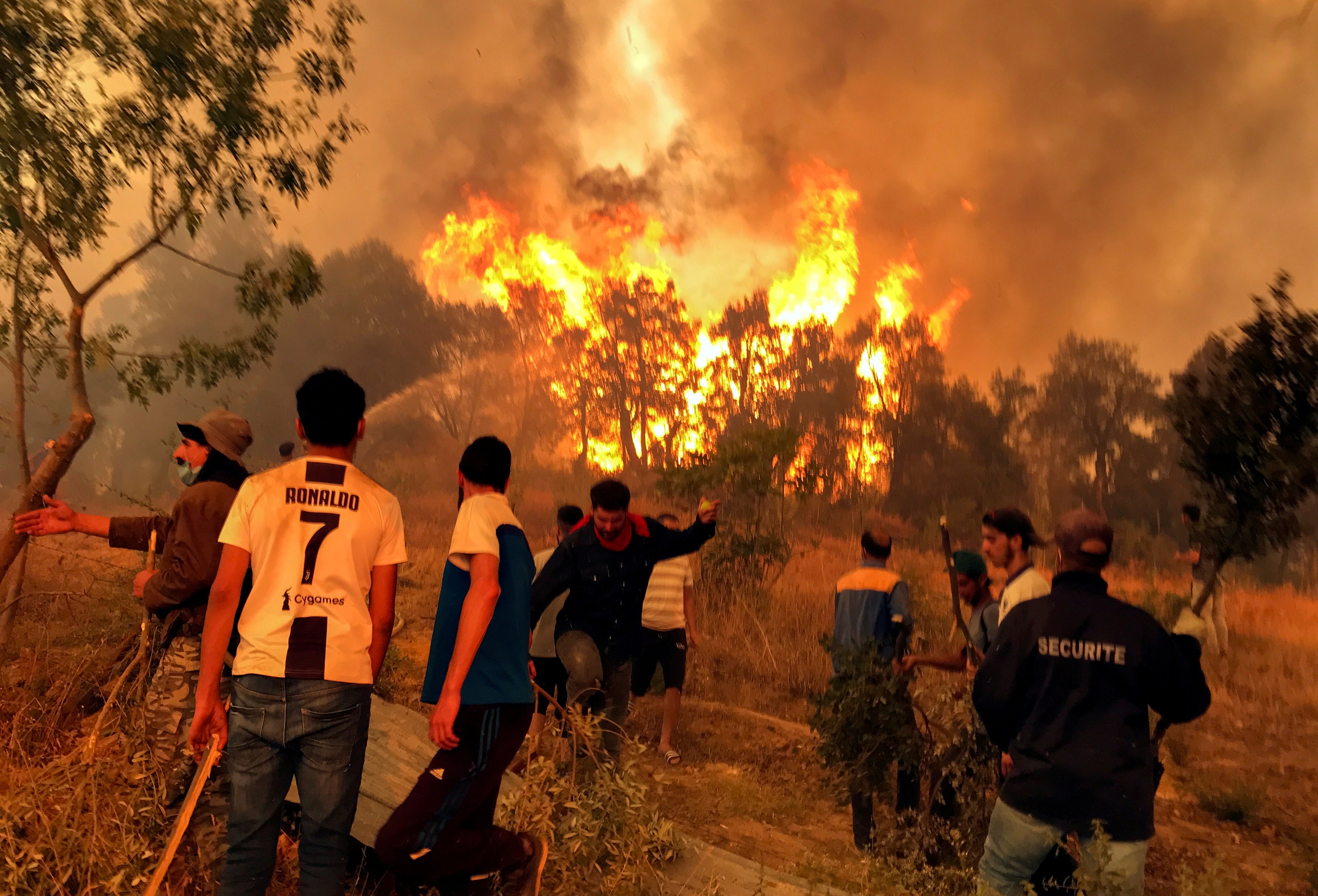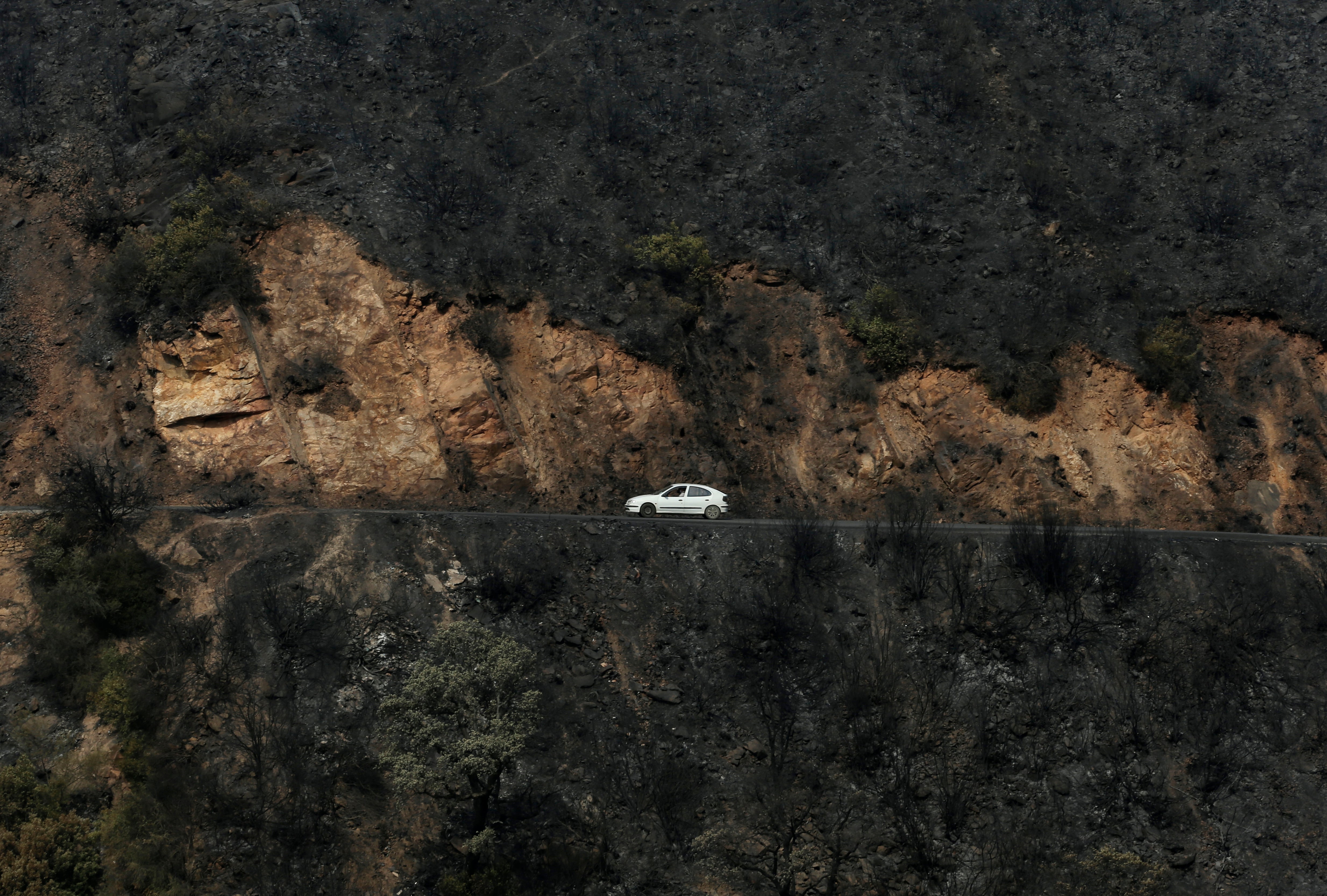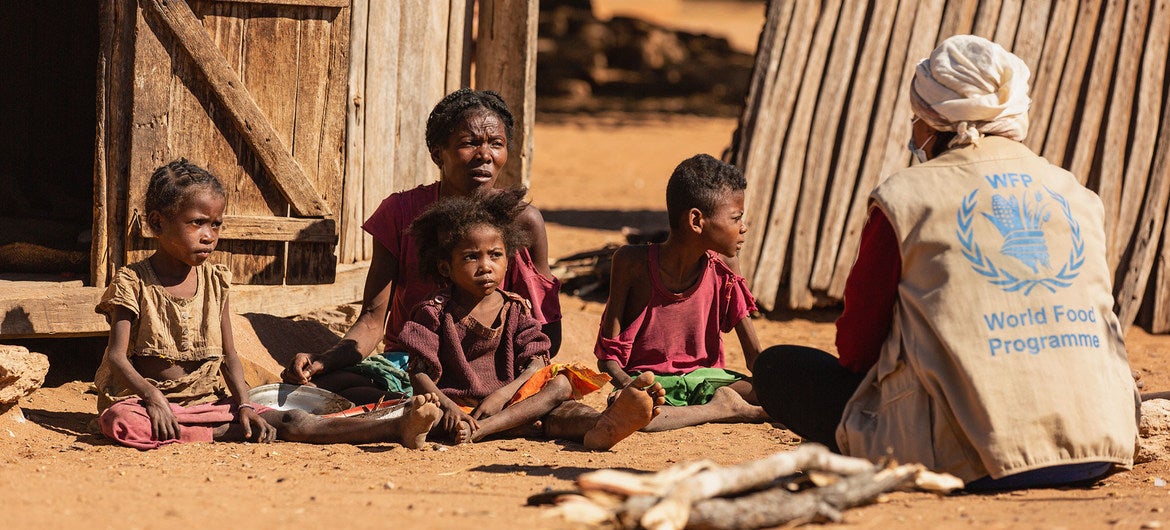‘The climate crisis is a reality for all of us’: Africa’s unreported summer of extremes
Floods, drought, heatwaves, fires and famine have swept across the African continent this summer. Daisy Dunne reports on the human cost and possible causes


Your support helps us to tell the story
From reproductive rights to climate change to Big Tech, The Independent is on the ground when the story is developing. Whether it's investigating the financials of Elon Musk's pro-Trump PAC or producing our latest documentary, 'The A Word', which shines a light on the American women fighting for reproductive rights, we know how important it is to parse out the facts from the messaging.
At such a critical moment in US history, we need reporters on the ground. Your donation allows us to keep sending journalists to speak to both sides of the story.
The Independent is trusted by Americans across the entire political spectrum. And unlike many other quality news outlets, we choose not to lock Americans out of our reporting and analysis with paywalls. We believe quality journalism should be available to everyone, paid for by those who can afford it.
Your support makes all the difference.The lack of coverage on the climate crisis in Africa exasperates Nigerian activist Oladosu Adenike. “All over the world, people know what is happening in Germany – the floods – in Italy – the hailstorm – in China – the sandstorm – but Africa gets little media attention,” she says.
“It might take weeks or months for us to get that kind of attention. And this is disproportionately affecting us because a spotlight is going to help the world know what Africa is faced with.”
“The climate crisis is a reality for all of us in our country and it doesn’t just end with European disasters,” Ugandan activist Vanessa Nakate tells The Independent.
Over the past few months, there have been deadly wildfires in Algeria, devastating flooding in countries including Uganda and Nigeria and severe drought conditions in southern Madagascar, driving widespread famine in the island nation.
Though studies into the specific drivers of these events have not been carried out, a recent landmark report from the UN’s climate authority concluded that “human-induced climate change is already affecting many weather and climate extremes in every region across the globe”.
The Independent examines the human cost and possible causes of Africa’s summer of extremes.
Heatwaves and wildfires
Parts of northern Africa, including Algeria, have sweltered in extreme heat in recent weeks.
An extreme heatwave called “Lucifer” swept across northern Africa and southern Europe in August, driving temperatures of 47C (116.6F) in some parts of Algeria.
The heat fanned the flames of devastating forest fires in northern Algeria. At least 90 people were killed by the blazes, including 33 military officers who battled to put out the fires with limited resources. Early reports suggest this year’s fires caused more damage to Algeria’s forests than all the blazes from 2008 to 2020 combined.

Across the world, the climate crisis is making “fire weather” – hot, dry and windy conditions – more likely to occur, according to a recent assessment from some of the world’s leading climate scientists.
And a recent landmark assessment from the UN’s Intergovernmental Panel on Climate Change (IPCC) concluded that it is “virtually certain” that heatwaves have become more frequent and more intense since the 1950s, with humans being the “main driver” of these increases.
While science shows that heatwaves are becoming more frequent and intense across Africa, such events still go unreported in some parts of the continent, says Dr Luke Harrington, a senior research fellow in climate science at Victoria University of Wellington, New Zealand.
“The frequency of unusually intense heatwaves is rapidly increasing over sub-Saharan Africa because of climate change,” he tells The Independent.
“Unfortunately, we still do a bad job of identifying when heat-related extremes actually take place in different parts of sub-Saharan Africa.”
Last year, Dr Harrington co-wrote a research commentary warning that heat extremes in sub-Saharan Africa are chronically under-reported.
The world’s largest emergency events database has made note of just two heatwaves in sub-Saharan Africa since the beginning of the 20th century, the commentary said. By comparison, it logged 83 heatwaves in Europe over the same time period.
The under-reporting of heatwaves in sub-Saharan Africa could be putting people in danger, says Dr Harrington, because records are needed to understand how many people are dying in extreme heat events. Without this information, he says, policymakers are less able to put measures in place to help people cope with rising heat extremes.
Heavy rain and floods
In addition to extreme heat and fire, some parts of Africa have battled unusually heavy rainfall and extreme flooding this summer.
Uganda, in eastern Africa, witnessed severe river flooding in July.
“In the western parts of the country we are seeing massive flooding and destruction of people’s homes. We know that some of those people end up living in camps and are struggling to survive,” Ms Nakate, who is based in Uganda, tells The Independent.
According to local reports, the July floods affected at least 30 villages in western Uganda. At least three people had to be rescued from the deluge.
Nigeria, in western Africa, was also hit by severe flooding in both July and August. The July floods displaced 4,000 people and damaged 300 homes in northeastern Nigeria, according to local media. In August, further flooding in northern Nigeria caused a bridge to collapse, killing at least 21 people.
The floods in Nigeria and Uganda highlight the need to tackle the root cause of the climate crisis – rising greenhouse gas emissions, says Ms Adenike.
“Humanitarian aid is good but we must have sustainable ways of dealing with the crisis,” she says.
No formal assessment of the role of the climate crisis in Africa’s recent floods has been carried out and understanding the impact of warming on such events can be “complicated”, says Dr Harrington.
“Many parts of sub-Saharan Africa are also affected by complex drivers of variability in the climate,” he says.
Such drivers include El Nino, a periodic weather phenomenon affecting much of the world. In Africa, El Nino conditions are associated with increased rainfall in eastern regions and decreased rainfall in southern and western regions.
El Nino is just one of many climate events affecting sub-Saharan Africa, Dr Harrington says, “each of which can raise or lower the chances of seeing a drought or flood in a particular region depending on what phase they are in”.
“This means that any signal of climate change will be harder to detect in these regions because there is so much ‘noise’ in the climate system to overcome,” he adds.
However, there is evidence to suggest that, in general, human-caused climate change is having an impact on flood trends across Africa. The IPCC’s recent assessment concluded that increases in flooding have occurred in many parts of Africa, including western and eastern regions, as the world has warmed.
The assessment’s regional breakdown for Africa adds that “the frequency and intensity of heavy precipitation events are projected to increase almost everywhere in Africa with additional global warming”.
Drought and famine
While parts battle severe rainfall, other regions are suffering from a lack of it.
Southern Madagascar is in the grip of its worst drought since 1981. Three consecutive years of poor rains have ravaged crops, leaving 1.14 million people at risk of food insecurity and 400,000 at risk of starvation, according to the World Food Programme.
The lack of food has forced thousands of families to sustain themselves on locusts, raw red cactus fruits and wild leaves, says the UN humanitarian agency.
UN officials have also stated that the famine is the first in the world to be driven solely by the climate crisis.
“This is what the real consequences of climate change look like, and the people here have done nothing to deserve this,” Issa Sanogo, the UN resident coordinator in Madagascar, said last month.

Despite the severity of the event, there has not been a formal assessment of the role of the climate crisis in driving the drought conditions.
And, as with flooding events, understanding the role of the climate crisis in drought conditions can be fraught, says Dr Harrington.
“As a rule of thumb, the impact of climate change will always be less pronounced for drought and flooding events, when compared with corresponding changes to extreme temperatures,” he says.
“Analyses of recent droughts in East Africa found climate change did not play much of a role, while climate change did exacerbate the likelihood of the 2015-17 Cape Town drought.”
The IPCC’s recent assessment notes that levels of aridity have increased in Madagascar since the start of the fossil fuel era.
It adds that any further temperature rise will lead to an increase in meteorological droughts and that if future global heating is particularly severe, the island can expect to see further increases in agricultural and ecological droughts.
“Madagascar [could be] the only country in the world where climate change is leading to food insecurity,” says Ms Adenike. “How many people know that? The media has to do more to spotlight these issues.”
Join our commenting forum
Join thought-provoking conversations, follow other Independent readers and see their replies
Comments